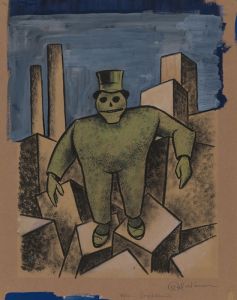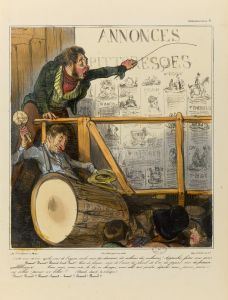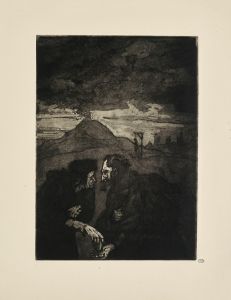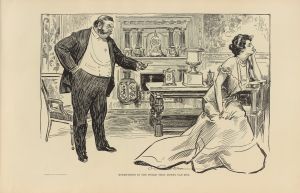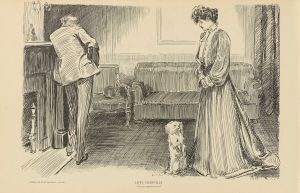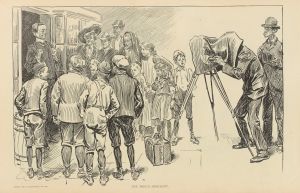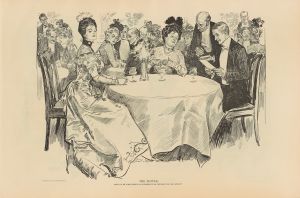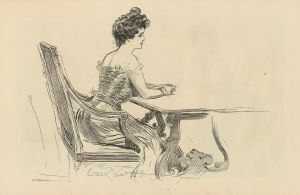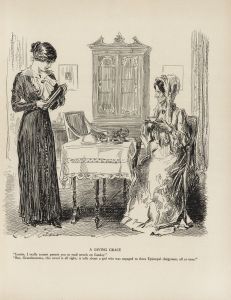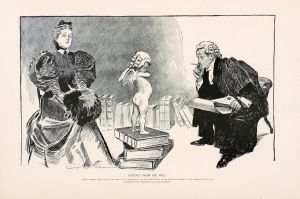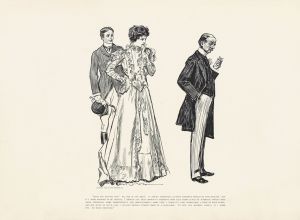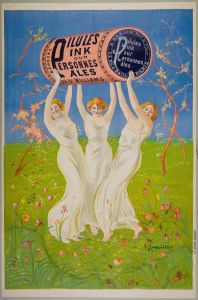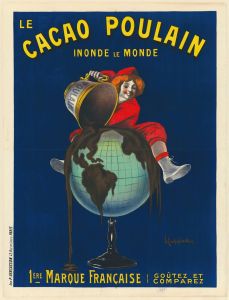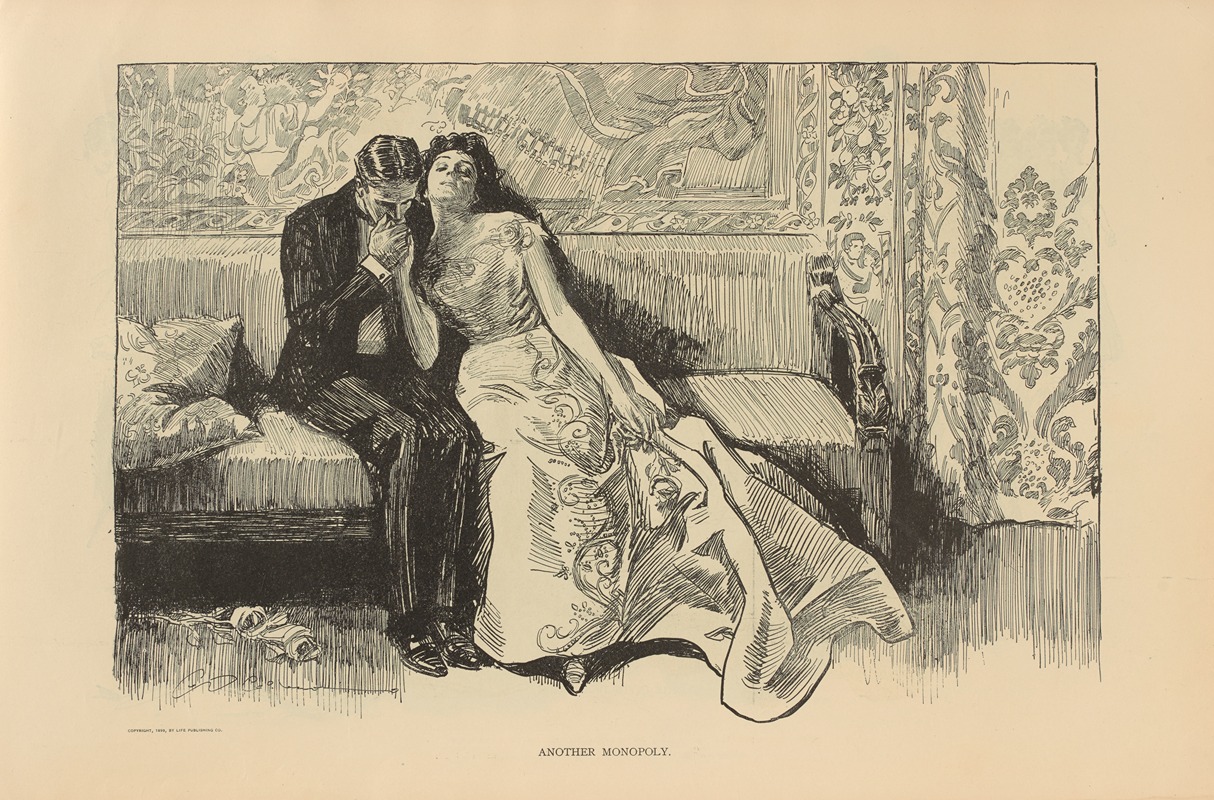
Another monopoly
A hand-painted replica of Charles Dana Gibson’s masterpiece Another monopoly, meticulously crafted by professional artists to capture the true essence of the original. Each piece is created with museum-quality canvas and rare mineral pigments, carefully painted by experienced artists with delicate brushstrokes and rich, layered colors to perfectly recreate the texture of the original artwork. Unlike machine-printed reproductions, this hand-painted version brings the painting to life, infused with the artist’s emotions and skill in every stroke. Whether for personal collection or home decoration, it instantly elevates the artistic atmosphere of any space.
Charles Dana Gibson was an influential American illustrator best known for his creation of the "Gibson Girl," an iconic representation of the American woman at the turn of the 20th century. One of his notable works is "Another Monopoly," a pen-and-ink drawing that reflects his keen observation of social dynamics and his ability to capture the nuances of his time.
"Another Monopoly" was created during a period when Gibson was at the height of his career, contributing illustrations to popular magazines such as Life, Harper's Weekly, and Scribner's. His work often commented on social issues, and "Another Monopoly" is no exception. The drawing is a satirical take on the economic and social conditions of the early 1900s, a time when monopolies and trusts were a significant concern in American society. The piece reflects Gibson's ability to blend humor with social commentary, a hallmark of his style.
The illustration typically features a scene that humorously critiques the concentration of power and wealth, a common theme in Gibson's work. His illustrations were known for their detailed and expressive line work, capturing both the elegance and the absurdity of the social elite. "Another Monopoly" likely follows this tradition, using visual wit to engage viewers and provoke thought about the issues of the day.
Gibson's work, including "Another Monopoly," played a role in shaping public opinion. His illustrations were widely circulated and helped to popularize the image of the "Gibson Girl," which became a cultural phenomenon. This image represented a new ideal for American women, characterized by independence, confidence, and a sense of style. While "Another Monopoly" may not directly feature the Gibson Girl, it exists within the same cultural context that Gibson helped to define.
The impact of Gibson's work extended beyond mere entertainment; it was part of a broader dialogue about the changing social and economic landscape of America. His illustrations captured the spirit of an era marked by rapid industrialization, social change, and the rise of consumer culture. "Another Monopoly," like many of his works, offers insight into the complexities of this transformative period.
Charles Dana Gibson's legacy as an illustrator is significant, and "Another Monopoly" is a testament to his skill in using art to comment on societal issues. His work remains a valuable resource for understanding the cultural and historical context of the early 20th century. Through his illustrations, Gibson provided a lens through which to view the challenges and contradictions of his time, making his work relevant to both contemporary audiences and future generations interested in the history of American art and society.





